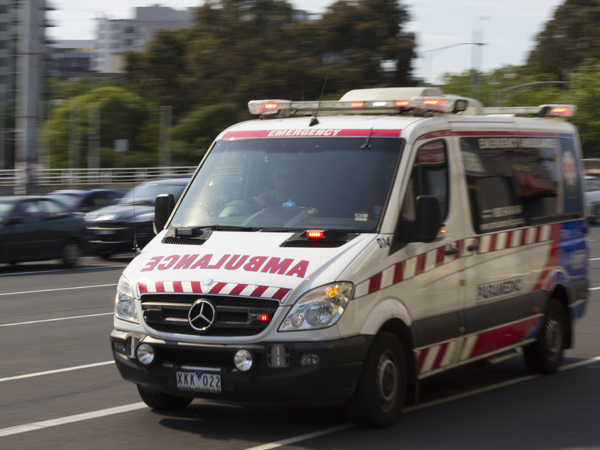From 7 October, Melbourne emergency departments will no longer be able to put themselves on ambulance bypass.
New legislation has abolished the procedure, which was introduced in Victoria as a temporary measure 20 years ago.
Hospitals are currently able to close their emergency departments to incoming ambulances.
This would be due to a lack of beds or resources, and forces paramedics to transport passengers to other hospitals.
Under new legislation, ambulances will be able to take passengers to the nearest hospital for immediate treatment, regardless of available beds and staff.
We’re building a modern health system. Hospital bypass will end in Vic from 7 Oct – http://t.co/3ThnhqQOSs #springst pic.twitter.com/WLjlfsVguH
— Jill Hennessy MP (@JillHennessyMP) September 17, 2015
Victoria Minister for Health and Ambulance Services Jill Hennessey said that the change would put patients first, while seeing a reduction in ambulance wait times.
“We are focused on ensuring our hospitals and ambulance service work better together to ensure patients are taken to the right hospital, at the right time,” she said.
“Our hospitals are improving their systems so they can better manage high patient demand, and by removing bypass, we will free up ambulances to respond more quickly to patients in the community.”
A former medical officer, who worked in the emergency department at St. Vincent’s Hospital, tells upstart that the change fails to address the issue of overcrowding.
“If a hospital is on bypass, it is because it already is bed blocked, every bed in the emergency room is full, the waiting room is full and there are no available beds on the ward. By allowing ambulances to continue to drop patients off to ED’s that are already stretched is extremely dangerous,” he says.
“It only takes a number of category one patients – the most unstable patients with the highest risk of death – to stretch the resources of an emergency department.”
He says that dropping patients off to an emergency department that is bed blocked is irresponsible.
“It risks compromising patient outcomes if they are seriously ill or there are deteriorating patients in the emergency department,” he says.
Steve McGhie from Ambulance Employees Australia tells upstart the change will see a reduction in ambulance wait times, meaning paramedics will be able to reach more patients at a faster rate.
While a reduction in waiting times seems like a step in the right direction, overcrowded emergency departments will leave patients waiting for treatment, just at a different location.
An anonymous hospital source tells upstart that a compromise of allowing paramedics to drop patients at their home hospital, regardless of bed block, would benefit the system more than abolishing hospital bypass all together.
“Say for example, a patient is well known to the cardiac unit at St. Vincent’s, if the hospital is bed blocked these patients should still be taken to St. Vincent’s as they are well known to the cardiac team, they have all their files online and the treating consultants know them.”
He says that taking patients to emergency departments that aren’t of their home hospital could put patients at risk and waste resources.
“These hospitals have no medical files, the treating team does not know them, and valuable time and resources is spent trying to attain all the available information from other hospitals which can be a laborious process hindered by bureaucratic processes,” he says.
“These patients can block beds and cost the taxpayer money, and their care is not as efficient and timely as it would have been if they went to their treating hospital that has all their files ready and knows the patient well.”
McGhie says there are sure to be some hurdles in removing the procedure, but as a result patients will see benefits in their care.
There is a precedent set in removing bypass, with Victoria the last Australian state to implement the changes.
As other states have, Victoria should see a relatively smooth transition.
Hospital and ambulance staff must work together to maintain a productive relationship by removing waiting times across the board.
 Taylah Burrows is a final year Bachelor of Journalism student, you can follow her on Twitter here: @TaylahBurrows.
Taylah Burrows is a final year Bachelor of Journalism student, you can follow her on Twitter here: @TaylahBurrows.








